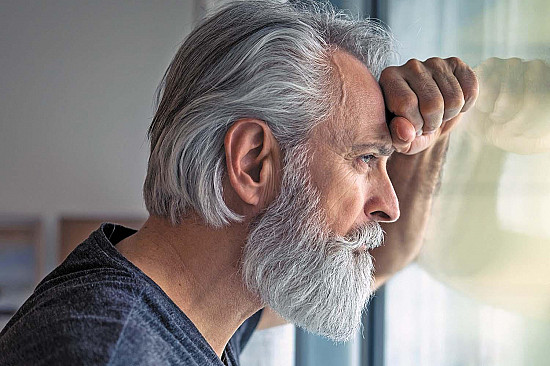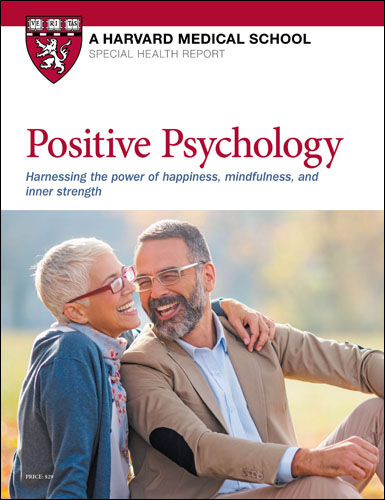Hope: Why it matters

From the tenuous bonds that connect us with one another to the ever-present vulnerability we share as humans in a chaotic world, our lives are forever saturated in the possibility of catastrophe. Bad things — often really tragic things like accidents, illness, and untimely death — happen to people every single day. We know this, yet we are tasked with finding ways of moving forward in a world where nothing is guaranteed.
But how? Mainly, we find ways to oppose the dread of life's dangers with hope: an aspirational feeling that circumstances can improve, that we can persist, that there is at least as much good in the world as bad.
What hope does for us
The topic of hope is low-hanging fruit for pop culture and even politics: Not all that long ago, one US president hailed from a town called Hope, and another campaigned on it. But hope is also beginning to reveal its value in scientific studies. Among young adults with chronic illnesses, greater degrees of hope are associated with improved coping, well-being, and engagement in healthy behaviors. It also protects against depression and suicide. Among teens, hope is linked with health, quality of life, self-esteem, and a sense of purpose. It is an essential factor for developing both maturity and resilience.
Fortunately, such benefits also extend into later life, as the opportunities for calamity start to increase. Our bodies fail us. We may experience life's setbacks like losing jobs, relationships, or family members. If our early challenges are so often related to growing and developing into healthy adults, later life can be thought of as a period of consolidation and acceptance of one's self, even as the physical body declines and circumstances shift for the worse.
Hope is a shield and a path
Hope can be a particularly powerful protector against the dread of a chronic or life-threatening illness. It needn't center on a cure to be useful, though those aspirations are enticing. Rather, a person's hope — even when facing an illness that will likely end their life — can be aimed at finding joy or comfort. It can be cultivated and focused on achieving life milestones, such as meeting grandchildren or attending a child's wedding. It can be found in moments of serenity: what is contentedness if not an acknowledgment that there can be good in our lives, even under challenging circumstances?
Lastly, hope can be an opportunity for us to process events that seem insurmountable. A massive setback in life, a crushing accident, a vigil held during a relative's last days in the intensive care unit, or even our own final months living with a fatal disease can be times when hope for comfort or reprieve serves as a pathway from one stage to the next.
The pitfalls of false hope
When grounded in realism, hope serves many positive functions. Yet hope beyond the possible is a recipe for eventual disappointment and disillusionment. Unrealistic expectations can keep people from embracing moments of comfort and joy in the here and now, as they continue to look in the distance toward a mirage. Focusing on unrealistic expectations can also prevent people from making realistic choices about important topics like medical decision-making. Weighing the quality of your life and possible paths toward a good death can sometimes take a back seat to doing as much as possible to stave off death.
Hoping for hope
Hope is an essential component of our well-being. What can we do when it seems to be in short supply? First, we can start by practicing gratitude. Spending a few minutes each day recounting the positives in one's life — even small ones like noticing a moment of serenity in the sunshine, or the endorphins of a brisk walk around your neighborhood — can have enormous impact. Next, we can begin to actively envision realistic ways that our circumstances may improve. Pain and discomfort often subside. Even deep sorrows can pass with time. In all these cases, the action to embrace is to choose to be mindful and deliberate about fostering positivity, even in the face of its absence.About the Author

Adam P. Stern, MD, Contributor
Disclaimer:
As a service to our readers, Harvard Health Publishing provides access to our library of archived content. Please note the date of last review or update on all articles.
No content on this site, regardless of date, should ever be used as a substitute for direct medical advice from your doctor or other qualified clinician.
















